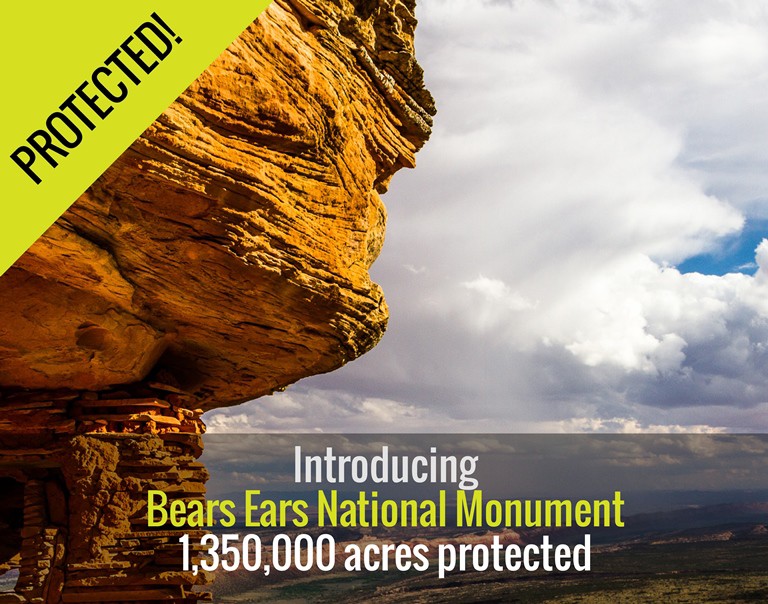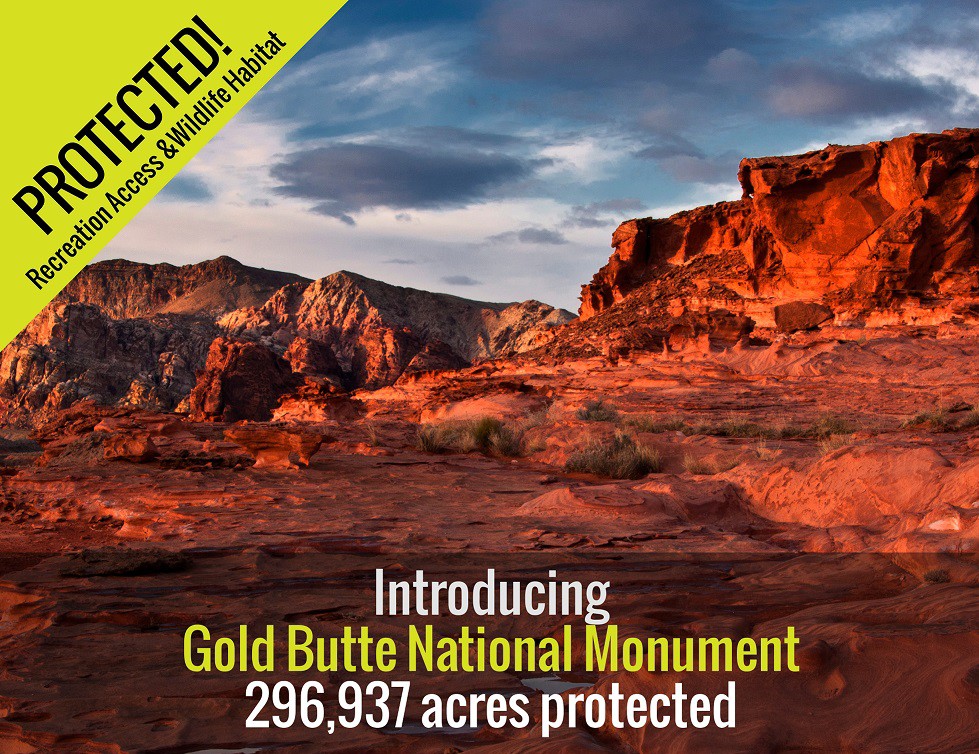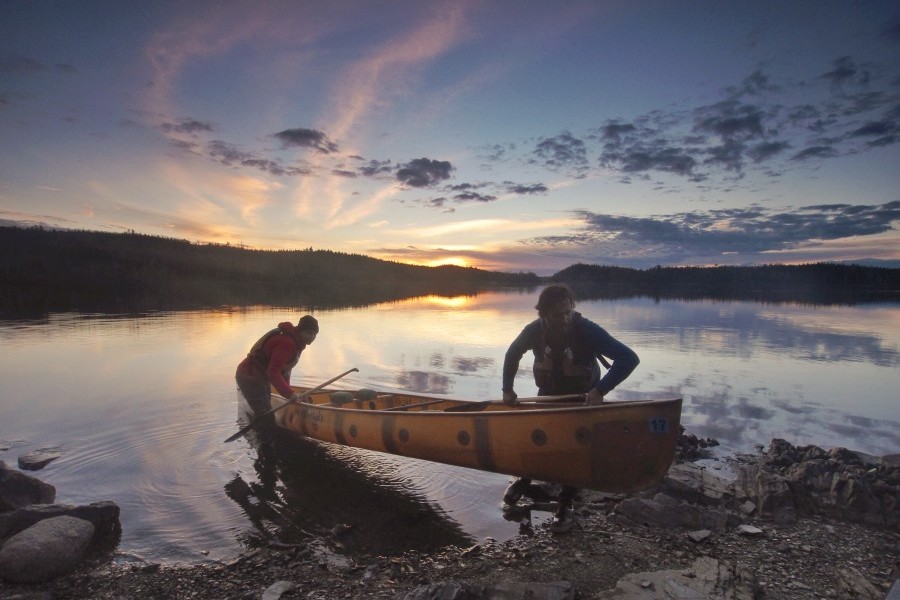President Obama designated the Bears Ears National Monument, permanently protecting 1,350,000 acres of public land in southeastern Utah. The Bears Ears landscape is home to thousands of Native American cultural sites, which inspired a coalition of tribes to band together to push for the designation. The region also boasts world-class rock climbing, mountain biking, hiking, canyoneering, whitewater paddling, and skiing. By designating the Bears Ears National Monument, President Obama preserves a place where outdoor enthusiasts have the opportunity to respectfully explore a protected landscape where past and present intersect.
The centerpiece of the new monument is Cedar Mesa, a high-elevation plateau riddled with serpentine canyons that drain into the San Juan River. I first visited Cedar Mesa nearly 20 years ago, guided by a friend who was working to protect the area. I asked – naively it turns out – what threatened the place. She took me to a spot just off a well-traveled BLM road that was littered with countless sherds of pottery left by Ancestral Puebloan communities. From the many small pieces of clay, I assembled a pot in my imagination: gray clay with simple, but artistic, painted designs. I looked closely at one piece of pottery, and saw the imprint of the potter’s fingerprints in the clay. As my eyes focused, I realized that I could not walk through the area without stepping on more sherds. The cultural history of the place was on full display.
I then saw a spaghetti bowl network of vehicle tracks, remnants of ATV wheels that had churned through the area. My friend told me that there are countless sites throughout Cedar Mesa that suffered similar damage. Few regulations, limited enforcement. I felt devastated that this beautiful record of the past, integrated with a spectacular natural landscape, was at risk.
I have visited Cedar Mesa several times since; to float the San Juan River, hike canyons, and explore rock art. I came away from each visit in awe of the people who made a life off the land 1,000 years ago. I also learned about new threats to the region, including energy development, and the looting of cultural sites.
Nearly four years ago, The Conservation Alliance learned that Utah Congressman Rob Bishop wanted to develop legislation that would protect large swaths of southeastern Utah, and open equally large swaths to resource extraction. His “grand bargain”, called the Public Lands Initiative (PLI), would offer something to everyone. We funded several conservation organizations (Grand Canyon Trust, Southern Utah Wilderness Alliance, and The Pew Charitable Trusts) to work on the PLI, and continued to invest in that effort until late 2015. At that point, it became clear that the PLI would likely contain too many poison pills for the conservation community to swallow. Fortunately, a parallel effort, led by the Bears Ears Inter-Tribal Coalition, was working to protect much of the same area as a national monument, which would not require an act of Congress. With grants to Utah Dineh Bikeyah and Friends of Cedar Mesa, we threw our support behind the monument effort.
Along the way, we found remarkable support within the outdoor business and recreation communities for the protection of the Bears Ears. We worked closely with our colleagues at Outdoor Industry Association and Outdoor Alliance to demonstrate the economic and recreation benefits of the Bears Ears region. At the Summer 2016 Outdoor Retailer trade show, an unprecedented group of CEOs held a press conference to call on President Obama to designate a Bears Ears National Monument. Business leaders from Utah and beyond spoke from the heart about the place in economic, recreation, and spiritual terms. It was a moving event.
Early in his presidency, Obama said he wanted to designate national monuments that help tell lesser-known parts of the American story. I’ve explored the Bears Ears region over the years, amazed that no school teacher ever taught me about the Ancestral Puebloans, and how they built tools and structures, farmed, and conducted rituals throughout the desert Southwest. By designating Bears Ears National Monument, President Obama shines a light on an important part of our story. We now have the opportunity to respectfully explore a protected landscape where past and present intersect.
President Obama Designates Bears Ears National Monument




